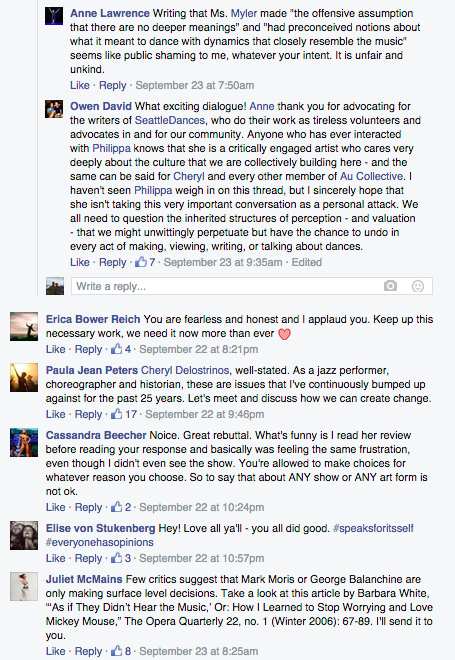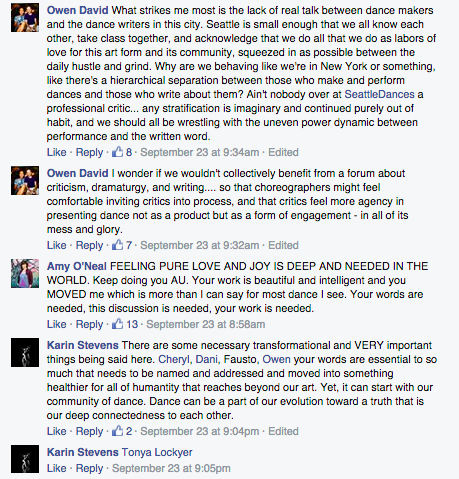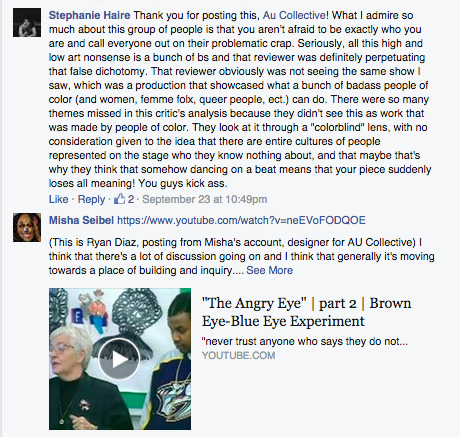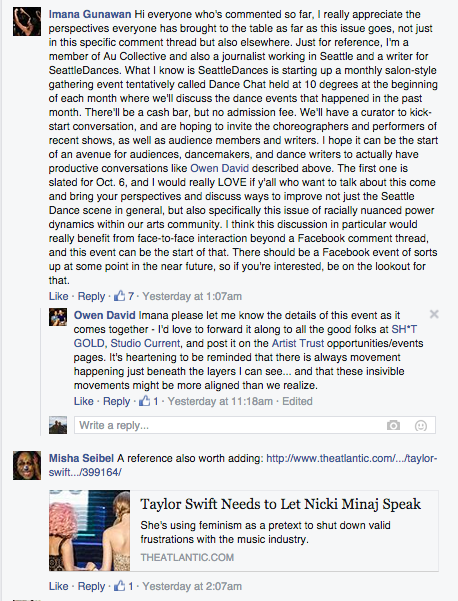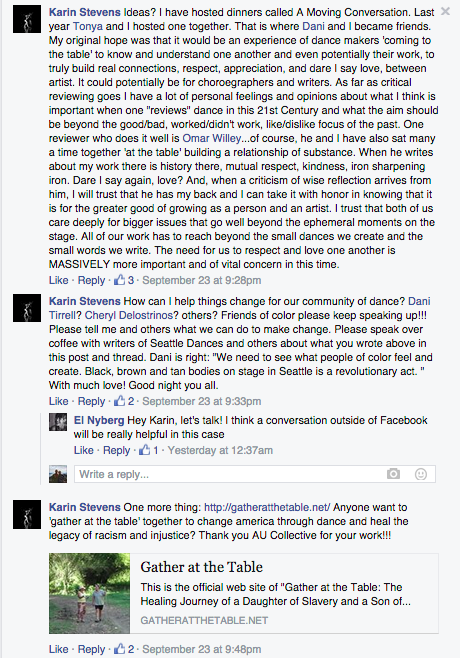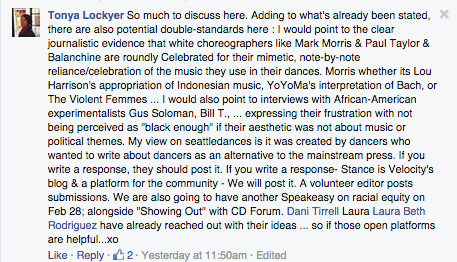Below is a stream-of-consciousness account of making and presenting a work this spring. It is not well written, but seeing how the sausage gets made is never pretty.
Back in January a small militia of ranchers took occupation of a federal wildlife center in rural Oregon to protest the conviction of a few other ranchers who had misused federal lands. Perhaps you remember. At the time I was coming off a lot of rejection on a proposed project and just wanted to do something totally unrelated. The ongoing Malheur occupation piqued my fascination. Here these people were, believing that they were starting some kind of revolution, when of course nothing of the sort was going to happen. Very clearly these people were living in a very different reality than me or most of America, and the desperation with which they clung to this reality was at once pathetic and inspiring, because I think they were trying to do what they knew to be right, but were living in a fantasy. For me the whole scenario felt symbolic of a shifting zeitgeist—a few armed men holed up against the encroaching change of the world. The event created masterpieces such as this video of Chris Christie’s brother which is at once profoundly ridiculous and sad. It’s so loaded with statements about the human condition that I can probably never hope to make an art piece as brilliant as this fragment of unfiltered reality.
But I wanted to try. I wanted to experiment with loading humor and sadness and critique and empathy all into one dance piece. And I wanted to see if I could replicate this sense of conflicting, breaking realities, and the real distress that produces in the far right, within the structural format of a fracturing narrative.
The first conflicting reality was casting an all-female-identifying ensemble to play a set of hyper-masculine characters protest-occupying a theater. This was not meant so much to be a statement on gender, but a mechanism through which the audience could immediately recognize a reality that the characters didn’t, and a source of confusion for the characters as this line between realities became less clear, thus leading to a loss of control. At an early rehearsal one dancer asked me Why are we giving more space to these characters who get so much space already which is a great question and I think why it was important to me to have women playing these roles and telling this story.
Another way I tried to layer/fracture reality in the piece was the “shooting scene.” I had constructed a prop gun of three large nerf toys bolted together so that it was a ridiculously huge, very fake-looking gun. In the first half of the work the group does a little “target practice” scene where each takes a turn firing and the group claps in unison for the “gun sound.” It’s highly fake but the cast accepts it as real. Then later the scene repeats but this time one of the characters points out that the gun is not real and the rest of the characters have to reconcile this conflicting reality. Chaos and fear ensue.
But I’m getting ahead of myself. We started creating characters through me watching the cast improvise and pulling out archetypal features based on their energies. The characters were built on what I saw in these individuals, and so were not completely removed from the personality of the person playing them. Of course the cast deserves a great deal of credit for their creations. I had them write back-stories and journal entries because I wanted them to be characters and not caricatures as much as possible. We talked a lot as a cast, who as a group experiences a great deal of threat from the political right and struggled with how to be these people and not reconcile the very hurtful rhetoric that can be hurled from that side. But also on an individual level we know that most of these people are not bad people, they’re just operating under different assumptions about the world. And so our characters were all good people, because it didn’t seem necessary to point out what Seattleites already think—that the people on the other side are bad/evil/stupid/bigoted. Maybe they are or maybe they aren’t, but artistically I’m not interested in that. It was much more interesting when we began to become fond of them. There was kind of a magical time in rehearsal where everyone had become pretty comfortable in their characters and were goofing around in character all the time even when we were on break. We started to love these people we had created. We understood what they were good at and why they were important in their world and why they were funny.
As soon as we had strung together the semblance of a piece we had a showing at Open Flight. It was a very well-attended showing, so the pressure was definitely on. I wanted to get it in front of an audience, because I knew that would change things, but I did not know how much. The biggest thing was that people laughed. I mean A LOT. Of course there were moments throughout that were supposed to be funny, but people found things funny that I had no idea why. And laughing is contagious, so 50 people crammed into a tiny studio really feed off each other. And the dancers fed off it too. There was an explosion of energy coming off stage, I mean, the dancers were really hamming it up, so the more people laughed the funnier they got. These were top notch performers after all. And part of me was thrilled to hear all that laughter. And part of me knew that the nuance of the piece was being drowned out. It had become a parody. No one was catching on to my subtle layers of theatrical realities fracturing as metaphor for the fear of shifting American values!!! You guys: making concepts into art is hard.
The next week was pretty emotionally tumultuous for me, as I received feedback that it was both the funniest thing people had ever seen and that was hurtful on a number of levels. Neither of these results had been my intention. I feel really grateful to those people who reached out to me to let me know why the piece was hurtful and who gave me the opportunity to engage with them. It made me think about the way that I have reacted or given feedback in the past that did not invite that kind of dialogue or compassion. On the flipside, private conversation meant that the dialogue was not public. I feared that there were more people out there who had been hurt and felt alone. Or who had written me off as an asshole. Or talked shit about me behind my back. Perhaps that is a big part of writing this post. Because I need to make some of that dialogue public.
Major criticisms were that it was classist and made easy targets of stereotyped people. That it made light of a cause that was ridiculous, yes, but that one man gave his life for. I also received the same comment, almost word for word from several people, which was essentially Just because someone is rural or blue collar doesn’t mean they’re a bigot. And I realized that it didn’t matter that none of my characters did or said anything bigoted in the whole piece, or what my intentions were, because art exists within the context of the world around it. Stereotypes exist and if you get too close the idea that already exists it will superimpose on the one you’re presenting. Context matters.
After the showing I had basically three rehearsals to figure out how to solve these problems before our one night run at SIDF. My goals were: to return dignity to the characters, to add weight to the story, and to create greater distinction to the layers of reality. One solution was performative—reminding the dancers to believe they are the characters rather than keeping a parody-like separation themselves and the characters that allows a winking self-acknowledgment. That part was easy because the dancers are pros.
Another solution was character based. I theorized that because all the characters were “good” they just came off as a group of fools—their only struggle was against the pretty elusive enemy of the fracturing realities (which were not communicating anyways). I thought that if I made an more explicit antagonist (one bully character), that the other characters grappling with the bully would create empathy for the group in the audience rather than distance between the group and the audience.
The third solution was narrative. To create greater distinctions between realities, the entire last third of the piece changed. Instead of descending into chaos at the end, the second “shooting scene” leaves one character believing that another has been killed, while the rest of the cast realizes the gun is fake. I also had another cast member leave the narrative entirely, changing back into her actual person clothes and make tea.
Show week approached and we had our final rehearsal. And then Orlando happened. This scale of tragedy, this targeting of the queer community, this manifestation of hatred and fear—it knocked the wind out of me. I bear the burden with relative lightness to some, but I cannot help but have a deep sadness when I am reminded, so violently, of the wrongness in the world. And then in the wake of national tragedy, my dear grandmother passed, so I was also experiencing that more personal loss. That shifting of my own reality. Then the next day was tech, dress, and the show.
A lot went down this day. In summary, everyone was sad and no one was feeling it. Trying to be funny felt shitty. Pretending to use a toy gun felt shitty. I guess I can’t speak for my dancers, but at least telling people to do these things felt shitty. Because of schedules we didn’t get to talk or acknowledge Orlando before dress rehearsal, and the run was…not good. I was panicking because we had like 45 minutes between dress and the show and I realized that this piece reeeeeally backfires without a full performance commitment. And it’s reeeeeeally hard to commit to this kind of role when all is not right in the heart. We talked, we cried, we rallied. Some things still felt shitty but we didn’t have time to fully address them. I wish I could have been a better leader in that moment, but I was so short on time, and so emotionally spent, and so freaked out in the way choreographers are when about to present work. I can only thank my cast for stepping up and shouldering responsibility for the piece and figuring out what needed to happen so the show could go on.
I ended up doing a little pre-piece speech to acknowledge the fact that Orlando had happened and that doing a humorous piece with a gun in it felt shitty but we were going ahead with it anyways. For what it’s worth the piece gets suddenly not funny at the end, which is kind of the way guns are. Fun until they’re very much not fun. I’m sure lots of people who saw this version thought I was making a statement piece about gun violence, which of course I wasn’t (the gun was a metaphor, remember?) but my intentions don’t matter—context does.
This post is so long and rambling and yet I feel I’ve rushed and only barely summarized. The process in the studio, which was most of it, was so fun and rewarding and interesting. And then the performances were stressful and high stakes and a little traumatizing. It’s hard for me to separate out my experience of the project as a whole from the knowledge that my piece was hurtful to someone, or that I made the dancers feel shitty, or the death of my grandmother, or a time of national sorrow. It’s still a little open wound. How do I heal from this process of art making? There were so many great things, and yet somehow I still feel like I failed. There’s a lot of platitudes about failing being part of success, but what actually happens when you make yourself vulnerable and you come away burned? Are you really stronger?



